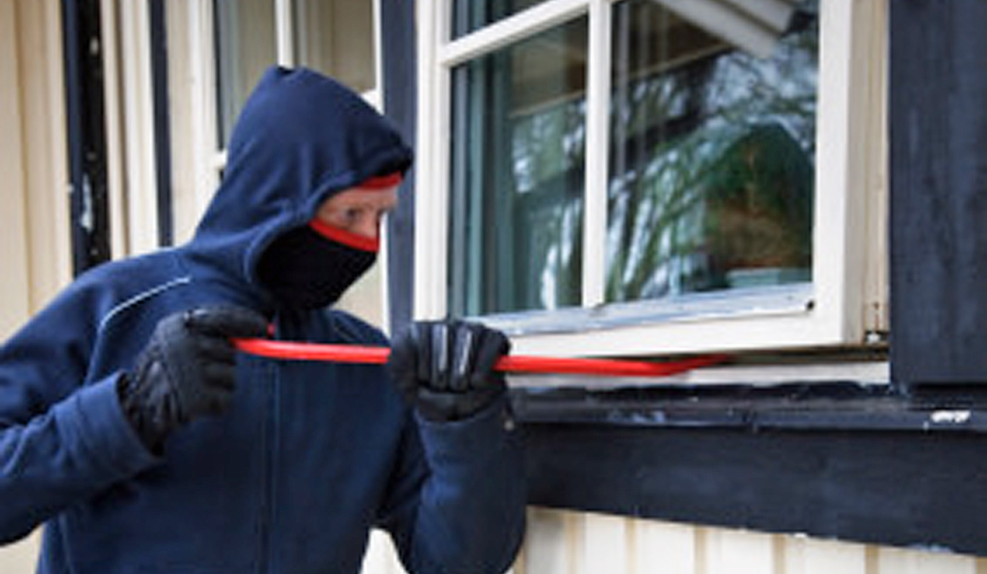
A Senior Safety Primer
Seniors can be the most vulnerable segment of the population when it comes to property theft. According to the Bureau of Justice, senior households (age 65 and up) have a burglary rate of 12 per 1,000 households (while no one is home) and 5 per 1,000 households (while the residence is occupied).
Here are some tips to pass along to elderly friends or relatives so they do not become theft victims
Install a Video Doorbell at the Front Door. Never open your door to strangers. A video doorbell will enable you to identify who is at the door before opening. An eyehole in the door is a low-tech alternative.
Deadbolt Exterior Doors And Lock Windows Even When Home. If a burglar doesn’t get a response after knocking, the next step may be to try to enter through an unlocked door or window.
Store Valuables in a Bank Safe Deposit Box. Burglars go after jewelry because it’s easy to grab and carry. Lock small valuable away in a bank vault. Also, add Social Security cards and other valuable documents.
Put Lights on Timers. Keep your house well lit even when you’re not home.
Don’t Put Your House Key Under The Door Mat or In Any Other Obvious Location. Burglars know where to look. Better yet, give your house key to a trusted neighbor or relative.
Set Up a Home Security System. Visible security cameras are a good deterrent. For more protection, enlist offsite security personnel who can install and monitor your home’s alarm system and then respond if activated.







Leave a Comment